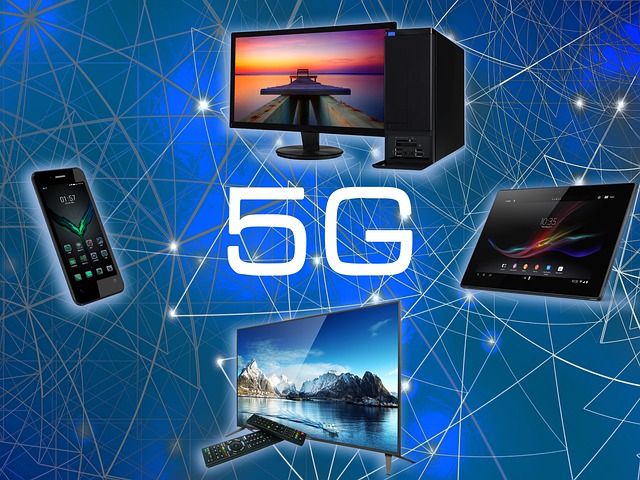The 5G rollout is ongoing, but the full implications of that are not yet clear. While experts believe it will hasten the fourth Industrial Revolution, as well as the widespread use of autonomous vehicles and the emergence of smart cities, those developments are still to come.
The more immediate impact will be felt on our smartphones, and to that end several 5G phones have been produced in recent years, and, which is more, they are coming down in price, owing to the fact that semiconductors have grown less expensive than in the recent past. 5G’s speed – it is up to 100 times faster than 4G – will in time combine with its reduced latency to make for better gaming, an enhanced video experience and more innovative apps.
Other 5G consumer devices that have begun to emerge are wireless routers, notably those produced by Samsung in collaboration with Verizon Communications. They will make it possible to have a broadband connection in one’s home, and accelerate the trend toward cord-cutting.
Also increasingly available are 5G laptops, like the ones developed by Lenovo and Samsung.
Further developments no doubt lie ahead, as 5G coverage improves. While the three major U.S. wireless providers – AT&T, Verizon and T-Mobile – all claim they provide nationwide coverage, the truth is somewhat more nuanced.
As of December 2021, 49.2 percent of Americans with 5G devices were connected to the network most of the time, according to analysis by the network testing company Ookla. That’s the best percentage in the world, ahead of The Netherlands (45.1) and South Korea (43.8).
Ookla concluded, however, that in terms of speed the U.S. lagged behind 10 other nations that were early adopters of 5G, at 93.73 megabits per second (mbps). The leaders in that category were South Korea (492), Norway (427) and the United Arab Emirates (410).
The conclusion that can be reached, then, is that not all 5G is created equal – that while T-Mobile continues to provide greater coverage than that of its two rivals, closer examination is required.
As noted on the website CNet.com, there are different versions of 5G – millimeter-wave (mmWave), which offers greater speed but less reliable coverage than other types; low band, which is slower but more reliable; and midband (C-Band), which is faster than low band but more reliable than mmWave.
To date T-Mobile covers 41 percent of the U.S., while AT&T covers 18 percent and Verizon 11 percent. T-Mobile’s coverage is largely of the midband variety, while the other two companies offer low band, with promises of upgrades to midband this year, after investing some $68.8 billion in it during the FCC’s auction in late 2021.
As 5G continues to evolve in the U.S., so too will the consumer market. More devices will be developed, devices that will, for example, allow people to more fully explore things like augmented reality, virtual reality and 3D video experiences. In short, 5G looms as a game-changer, but we’re still in the very early stages of the game. Things have yet to play out fully.
